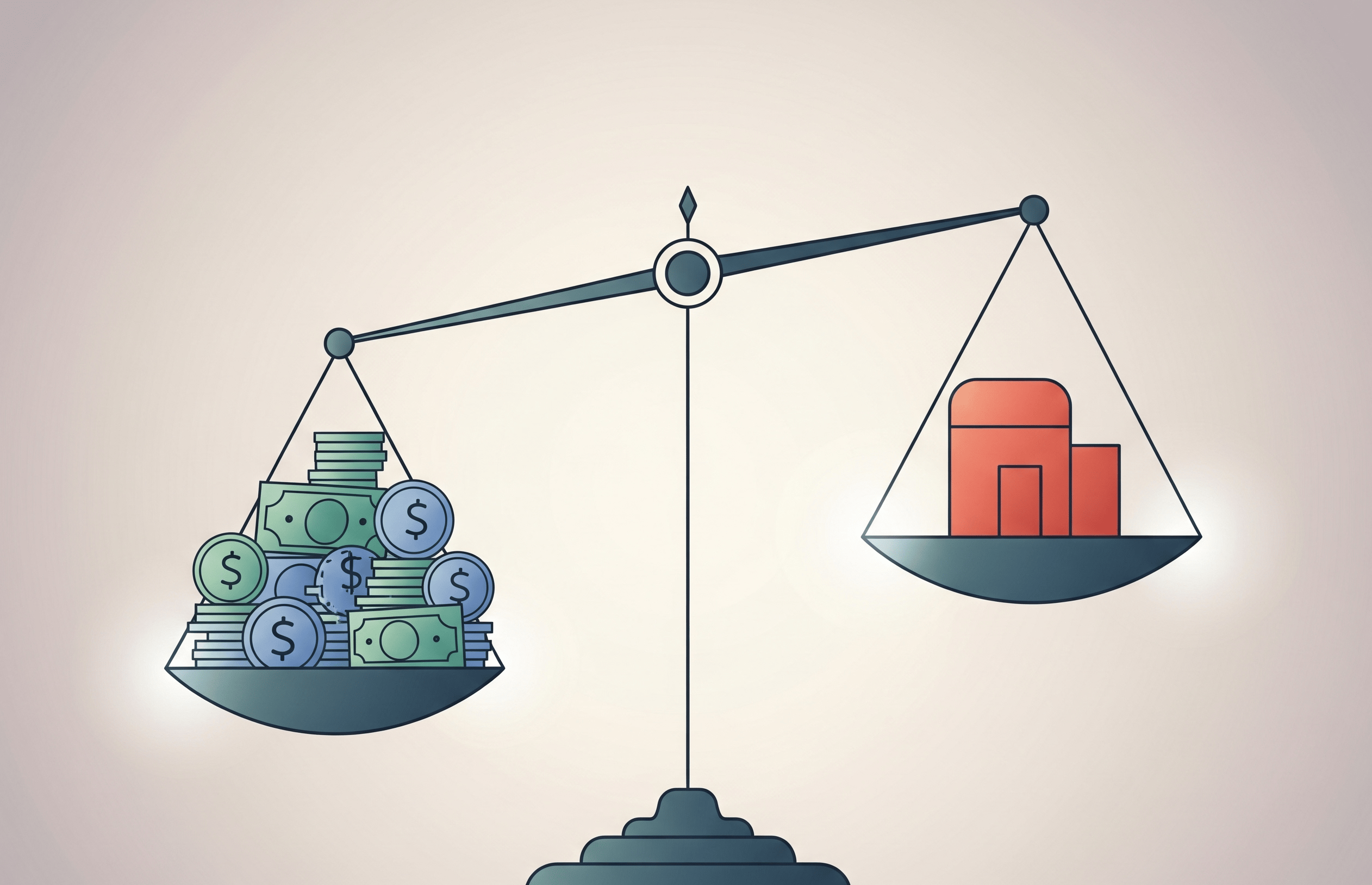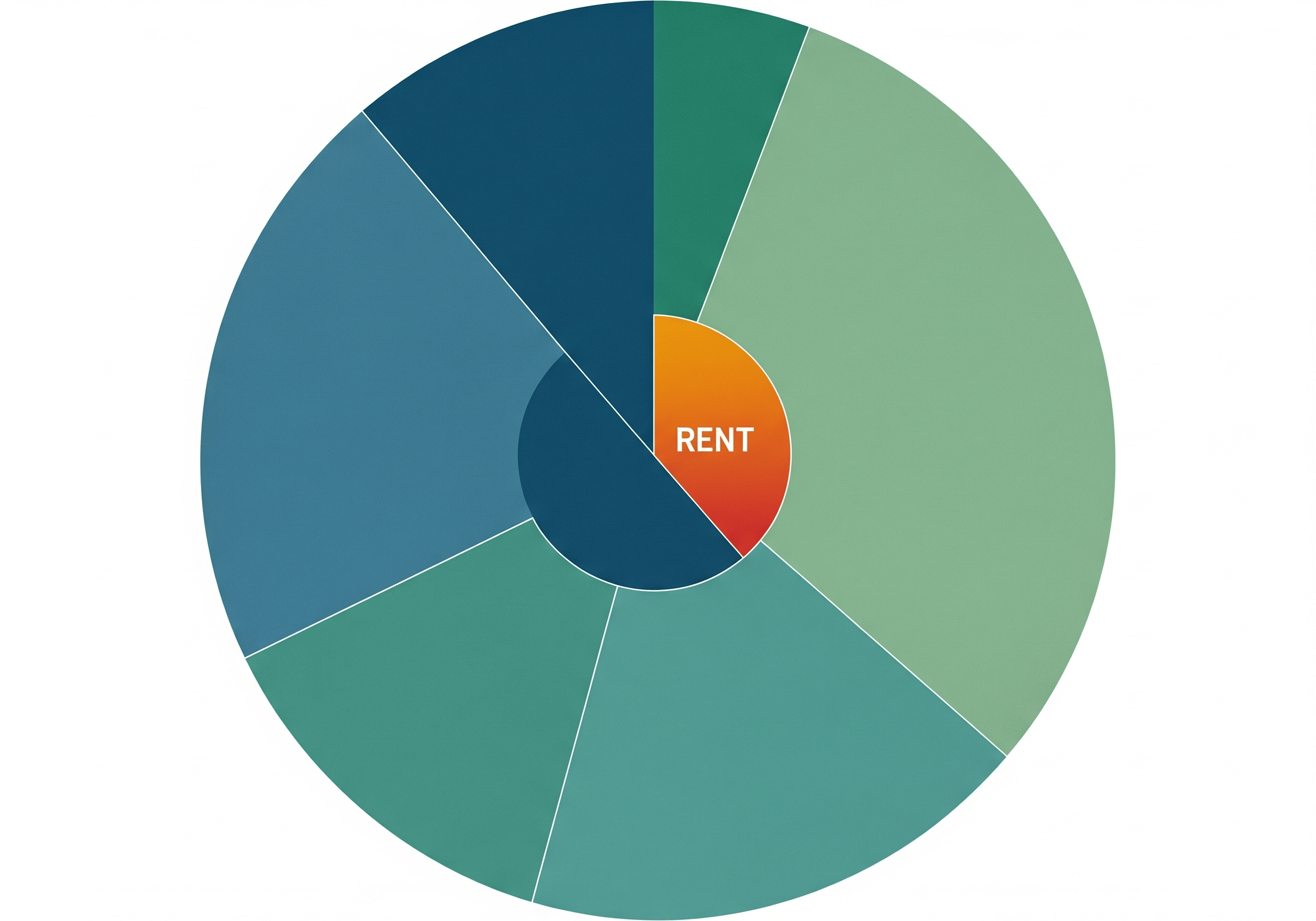As housing markets evolve. The rent-to-income ratio remains a vital financial benchmark. While the long-standing "30% rule" still serves as a general guide, renters today face a cost landscape shaped by inflation, migration, and policy changes. So how much should you spend on rent? Let's unpack what the rent-to-income ratio means in 2025, why it matters, and how real people are navigating it.
What Is the Rent to Income Ratio?
The rent-to-income ratio measures the percentage of your gross monthly income that goes toward rent. It's defined as: (rent ÷ gross monthly income) × 100
For example, earning $4,000/month and paying $1,200 in rent gives you a 30% rent to income ratio. According to HUD, anyone spending over 30% is considered "cost‑burdened". More than 30% means less for essentials like food or healthcare. Use HUD's affordability tools or the Consumer Financial Protection Bureau's budget worksheet to check your numbers.
National Snapshot: Is 30% Still Viable?
In mid-2025, the average U.S. rent-to-income ratio has slightly dropped to around 23.4%, down from 24.7% the previous year, thanks to slower rent increases and modest wage growth. However, the picture isn't the same everywhere.
- Coastal metros like Miami, New York, and Los Angeles still see renters spend over 35-40%, which is well above the safe threshold.
- Cities like Bismarck, Sioux Falls, and San Antonio show far more affordable rent-to-income ratios, often under 20%.
Check local cost‑burden data via the Census Bureau and Harvard's rental dashboard.
Suburban Shift & Single‑Family Rental Boom
Mortgage rates and low inventory have made homeownership daunting, prompting a suburban rental surge. These areas often feature lower rent-to-income ratios, easing financial stress.
Similarly, single‑family rentals saw a 3.5% annual rent increase in Q1 2025. They offer more space and flexibility-ideal for families or remote workers-but rent burden remains a concern if incomes don't keep pace.
Renter Stories: Real People, Real Ratios
- On Reddit, one New York renter shared: "My rent takes up about 23% of my gross... After tax, it would be ~30%." --reddit.com This reflects how gross versus net income affects your rent-to-income ratio picture.
- Another post detailed West Coast reality: "Decent rentals... are more like 40-50% of my income." reddit.com
- It highlights the challenge of applying the 30% rule in high-cost areas.
- A People.com story shows how proportional fairness matters: a grad student paying steep rent while her partner's 50/50 proposal sparked debate. The renter argued costs should match income-a core tenet of sustainable rent-to-income ratios.
Equity Side: Who's Hit Hardest
Nearly 50% of U.S. renters are cost-burdened-that's over 21 million households. Rates are even higher among:
- 56.2% of Black renter households
- 53.2% of Hispanic renter households
These figures emphasize that the rent-to-income ratio is not just a financial tool but a social one, deeply tied to equity and opportunity.

What's a Healthy Rent to Income Ratio?
- Under 20%: Excellent-provides flexibility for savings, debt, and future goals
- 20-30%: Solid-aligns with affordability norms
- Above 30%: Risky-monitor essentials, debts, and emergency buffers
Final Take: Use the Ratio as Your Compass
The rent-to-income ratio remains a practical tool for renters, landlords, and policymakers. It shows how much of your income is tied up in housing-and how much remains for everything else. Especially given rising racial disparities, suburban shifts, and evolving rental markets, staying mindful of this ratio is essential for fair and sustainable housing decisions.















